4.9 1890+ Google Reviews
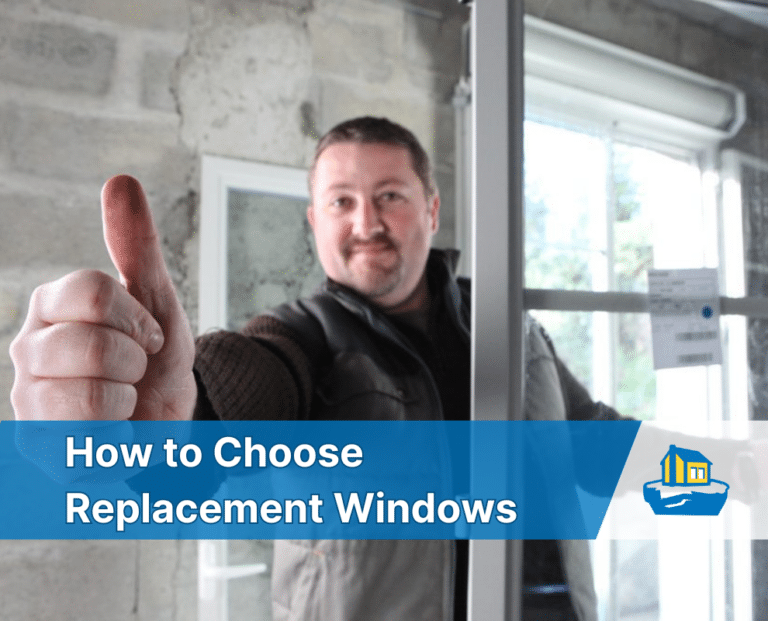
Choosing replacement windows can be overwhelming. There are so many new windows to choose from. There are double hung, single hung casement windows and sliders. Then there is the energy efficiency, u-factor, energy star ratings, and Low-E coating to consider. In my search, I found that biased window manufacturers and contractors write most of the window replacement guides on the internet. So, here is your guide on how to choose replacement windows from an unbiased, experienced home inspector.
New windows will not save you money on your energy bills. Energy-efficient windows cost anywhere from $300-$1000. Most people will spend about $600-$700, including window installation. The EPA states you can save $126-$465 a year if you replace old single-pane windows. On the other hand, you can save $27-$111 a year if you replace old double-paned windows. On a home with 15 old windows, using the high estimate of $465, it would take 20 years to make your money back if you replace single-paned windows. However, it's unlikely you will save the maximum of $465. A more likely estimate is that it would take you over 40 years to recover your money.
Even if you factor in that you can recoup up to 70 percent of new window replacement costs, it would still take about 12 years to make your money back.
There are many reasons to replace older windows, but energy savings isn't one of them. New windows will never lower your energy costs enough to pay for themselves.
Four primary materials to consider when choosing replacement windows are aluminum, vinyl, wood, and fiberglass. You can also get combinations such as aluminum-clad wood windows.
Aluminum windows are the least energy-efficient type of window. The aluminum absorbs and radiates more heat indoors than other types of windows. They are also more prone to condensation issues. The most significant benefits of aluminum windows are the sleek modern look and the ability to hold larger panes of glass. Although they are cheaper than wood windows, they are approximately 20%-50% more expensive than vinyl windows.
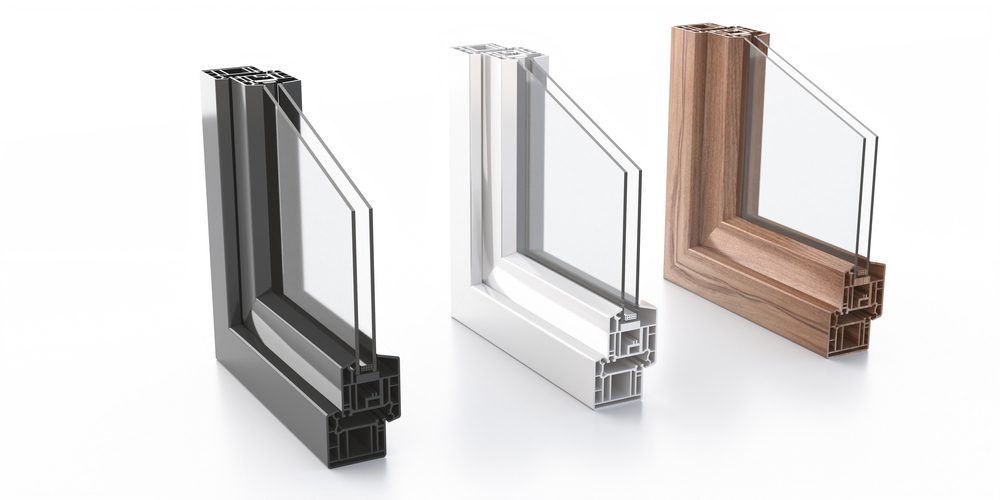
Vinyl windows are the most popular type of windows. They are air-tight, maintenance-free, energy efficient, and cost effective. In addition, they don't rot or rust and last about 15-20 years. The biggest cons of vinyl windows are that you can't paint them, and they are not recyclable. Considering the affordability and benefits of vinyl far outweigh the cons, these are generally the most preferred replacement windows.
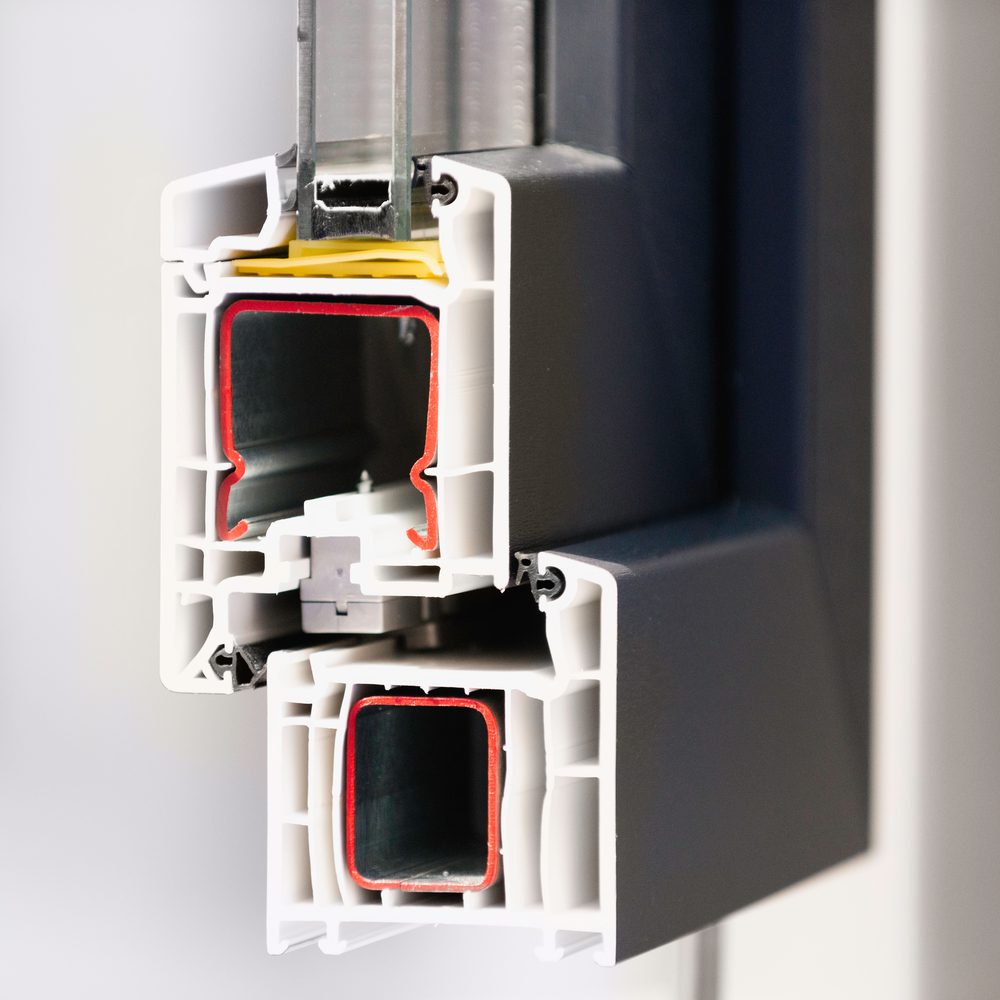
Wood windows have a lot of advantages and disadvantages. They have more aesthetic beauty, excellent energy efficiency, great sound reduction, and with proper care, can last decades. You can also paint them to match the color scheme of your house. However, they need regular maintenance, are susceptible to rot and wood-destroying insects, and are much more expensive than vinyl and aluminum. It will come down to personal preference to determine if the advantages outweigh the disadvantages. Most homeowners lean towards low maintenance or maintenance-free materials, and wood windows don't make the list.
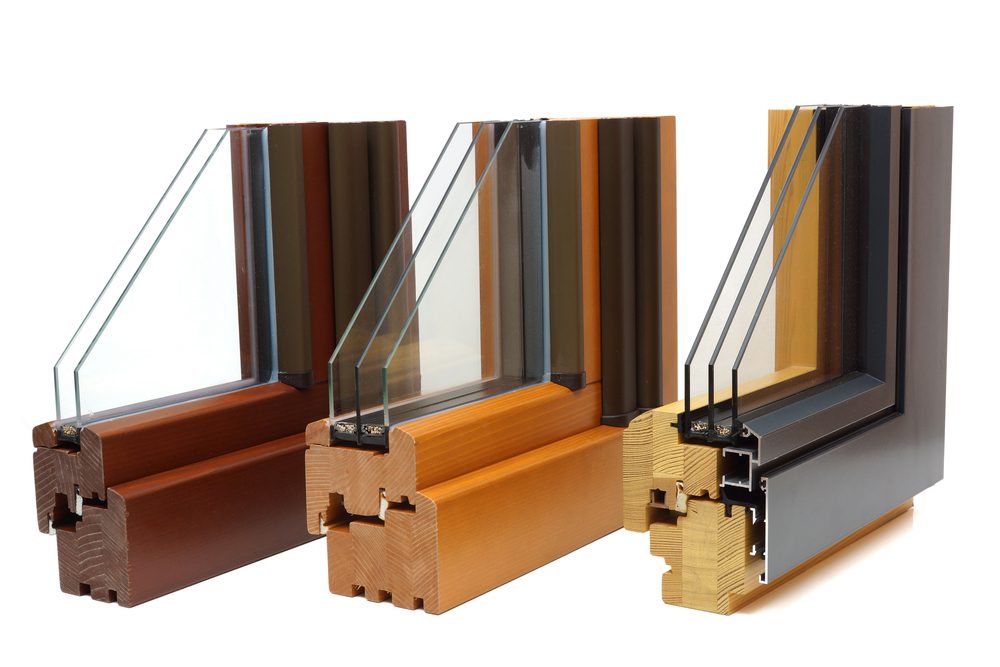
Fiberglass windows are typically less expensive than wood but more expensive than vinyl. However, fiberglass shines where wood doesn't. Fiberglass windows are not susceptible to rot or insect activity and require little maintenance. They're the most energy-efficient of all the materials, but remember that you won't see an actual return on investment on these savings.
You will need to understand some terms when selecting energy-efficient replacement windows.
Low-E stands for low emissivity. This type of glass has a coating that reduces heat transfer from infrared and UV rays while still allowing visible light into the home. In contrast, tinted windows also block infrared and UV rays and visible light.
The coating can be placed on the inside of the exterior pane (surface 3) or the exterior side of the interior pane (surface 2). Coating surface 3 reflects infrared and UV rays back outside, lowering cooling costs. Whereas coating surface 2 reflects heat indoors, reducing your heating cost.
Which surface coating you get depends on the climate in your region. For example, if your home heating costs are higher than your cooling costs, then the Low-E layer should be on surface 2. Likewise, if your home cooling costs are higher than your heating costs, the Low-E coating should be surface 3.
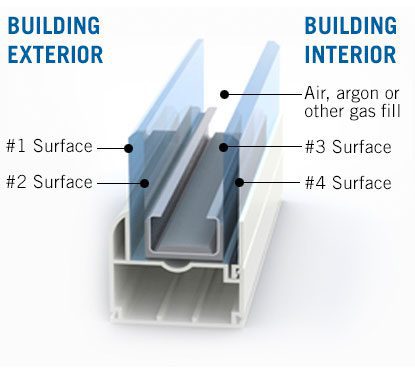
There doesn't seem to be uniformity in how manufacturers use the term insulated glass. For the most part, insulated glass refers to double pane glass, and non-insulated refers to single-pane glass. However, it is better to determine how many panes of glass the window has instead of relying on the terms insulated and non-insulated.
Windows come with one, two, or three panes. A single pane window is cheaper but allows more energy loss and sound transfer. Triple-pane windows are very expensive but are the most efficient at stopping energy loss and sound. Double-pane windows are the middle ground and by far the most common. They are energy efficient, decent at blocking sound, and cheaper than triple-pane windows.
The U-Factor rating system, created by National Fenestration Rating Council (NFRC), refers to heat flow through a material. For example, most windows have a rating of 0.15 to 1.2. A lower number means less heat flow. In other words, a window with a U-factor of 0.2 is more energy-efficient than a window with a U-factor of 0.9.
Window manufacturers fill the space between the panes with argon gas or Krypton Gas. These gasses do not conduct heat well and lower the U-factor. Windows with failed seals leak out the gas, which increases the U-Factor of the windows. Remember, a higher U-factor means less energy efficiency.
Krypton gas is a better insulator than argon gas, but you should not use the gas type as a determining factor. Krypton gets used more often when there is a smaller space between the panes to achieve the same U-factor as argon in a smaller gap.
The chart below shows the minimum recommended U-Factor per climate zone. Colder climates require lower U-factor ratings.
The SHGC is a number that refers to how much heat gain is from the sun. It ranges from 0-1; the lower the number, the less heat gain from the sun. You don't necessarily want to shoot for the lowest number.
In a colder climate, you want some of that free heat. In other words, you would want the lowest U-Factor, but the SHGC would not be an important consideration.
However, in a sunny climate like Florida, SHGC is very important.
You will also want to consider the orientation of your windows and how much shade there is. A North facing window gets less sun and doesn't need as low of an SHGC. A west-facing window gets the most undesired heat gain from the sun, so a lower SHGC is warranted. Windows with a lot of shade also don't need as low of an SHGC.
According to energystar.gov, Energy Start Windows are :
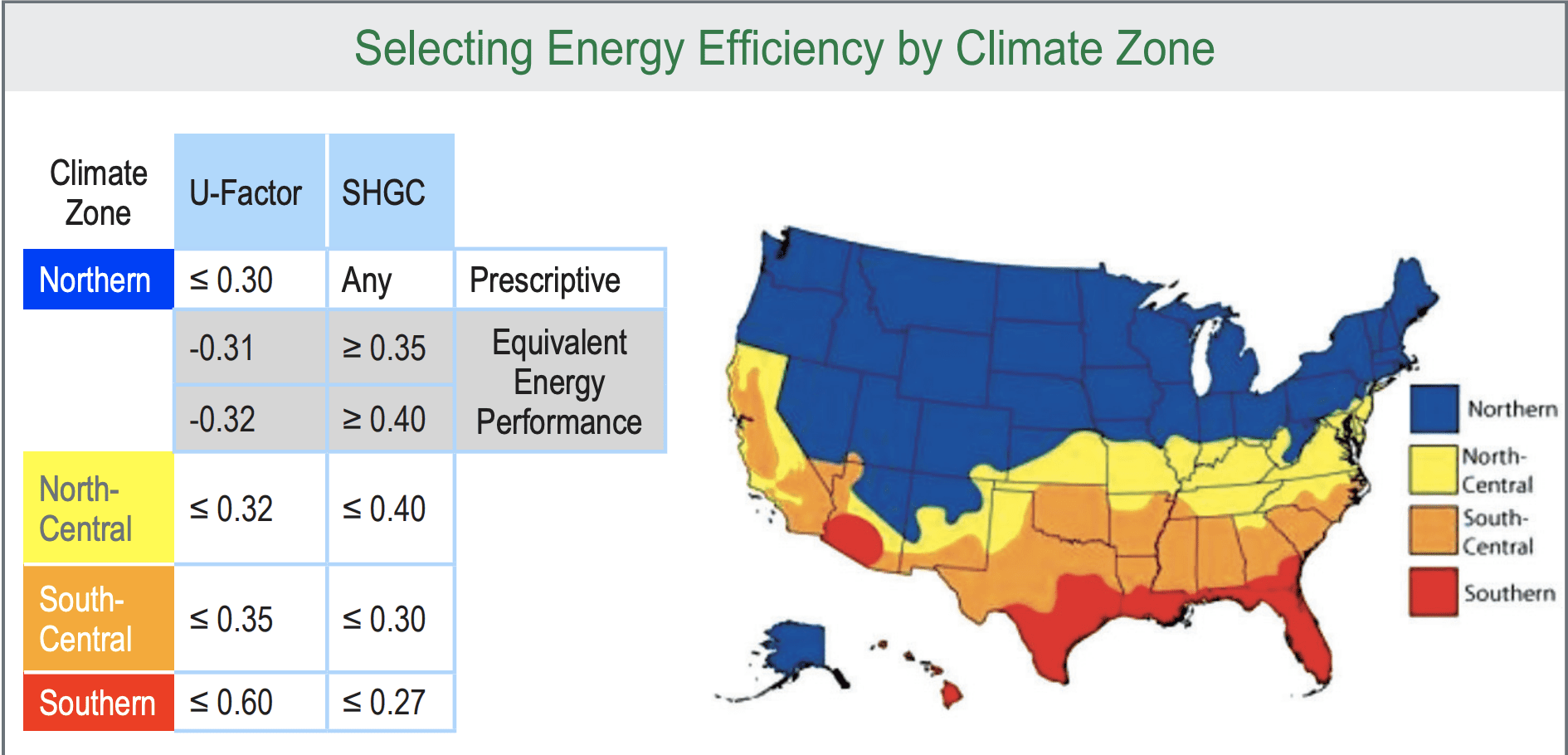
There are also some basic window style terms you need to know when shopping for the right windows.
Single and double-hung refers to the number of window sashes that move up and down. A single hung window has one sash (usually the bottom) that slides up and down. On the flip side, both sashes move up and down on a double-hung window.
Awning windows swing out from the bottom creating an awning.
Casement windows swing out on the side. They usually have a handle and crank to open and close the window.
Slider windows are similar to sliding doors. They sit in a track and slide left to right to open and close. It is important to note that you can't buy a double-hung window and install it sideways as a slider.
First, figure out what frame material is the best choice for you. Next, determine how many panes of glass you want. Two is the most common. Remember that you will never make your money back on energy savings. Figure out which U-Factor is best for your climate, and which SHGC is best for climate and each individual window orientation. Finally, pick your style preference.
Research highly rated replacement window companies in your area and get at least three estimates.
Be careful with window replacement scams. The most common I have across is the bait and switch. For example, Capital remodeling offers what seems like a deal of 7 vinyl replacement windows for $525, or 12 for $900. However, this is the discount on the windows, not the price of the windows. When customers ask if that price includes the installation process, Capital responds that quotes include installation. However, they are referring to the quote they will give you, not the price on their flyer. Of course, when they arrive at your house, it's more like $800 per window followed by high-pressure sales tactics.
You should also be wary of window salesman who insist your windows will pay for themselves. They won't and either salesman is lying, or ignorant. Either way, you'll want to find a better company.
Find reputable and honest window replacement companies that operate with integrity.
There are a lot of factors to consider choosing your replacement windows. Take your time to carefully understand all the terms, and use that information to pick the best windows within your budget. Don't fall for slick sales pitches.